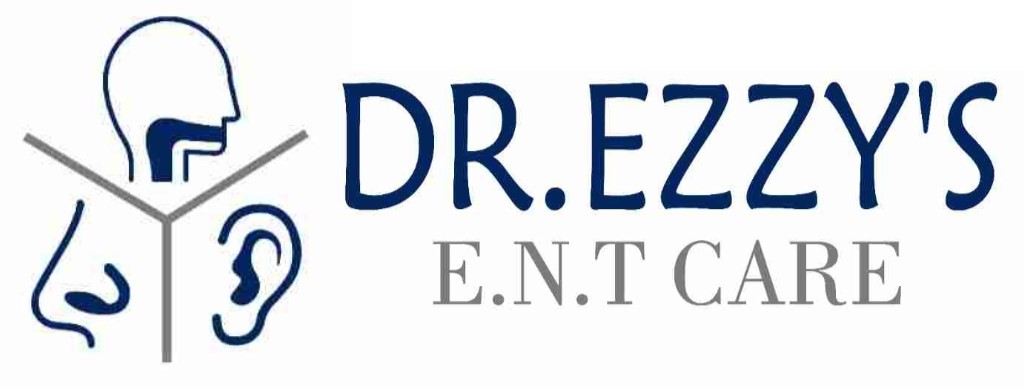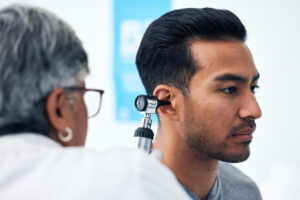What is Obstructive Sleep Apnea?
Obstructive sleep apnea is a common sleep disorder. It happens when your throat muscles relax and block your airway during sleep. As a result, breathing stops and starts many times through the night. This condition can affect anyone, but it is more common in adults. According to the CDC, millions of people have obstructive sleep apnea, but many do not know it. Because it can lead to serious health problems, early diagnosis and treatment are important.
Common Symptoms
Many people with obstructive sleep apnea do not realize they have it. However, certain signs can help you spot the problem. Often, a bed partner may notice these symptoms first. For example, you may:
Sometimes, children with sleep apnea may show different signs. For instance, they may wet the bed, do poorly in school, or act hyperactive.
Causes and Risk Factors
Obstructive sleep apnea happens when the muscles in your throat relax too much. This blocks the flow of air into your lungs. Several factors can increase your risk. For example, you may be more likely to develop sleep apnea if you:
Sometimes, certain medical conditions like high blood pressure or diabetes can also raise your risk.
How is Obstructive Sleep Apnea Diagnosed?
If you have symptoms of obstructive sleep apnea, your doctor will ask about your sleep and health history. Next, they may do a physical exam to check your mouth, throat, and neck. Often, a sleep study is needed to confirm the diagnosis. This test is called polysomnography. During the study, sensors track your breathing, heart rate, and oxygen levels while you sleep. Sometimes, you can do a home sleep apnea test if your doctor thinks it is safe. Early diagnosis is important because untreated sleep apnea can lead to heart disease, stroke, and other problems.
Treatment Options
There are several ways to treat obstructive sleep apnea. Your doctor will suggest the best option for you based on your symptoms and health. Common treatments include:
With the right treatment, most people feel better and lower their risk of serious health issues.
Lifestyle Tips and Prevention
While not all cases of obstructive sleep apnea can be prevented, some steps may lower your risk. For example, you can:
Even small changes can make a big difference. If you snore or feel tired during the day, talk to your doctor about your symptoms.
When to See a Doctor
If you have loud snoring, stop breathing during sleep, or feel very tired during the day, it is time to see a doctor. Early treatment can help prevent serious health problems. Remember, obstructive sleep apnea is common and treatable. Do not ignore the signs. Instead, seek help and improve your quality of life.
Consult a healthcare specialist for personalized advice on obstructive sleep apnea.




